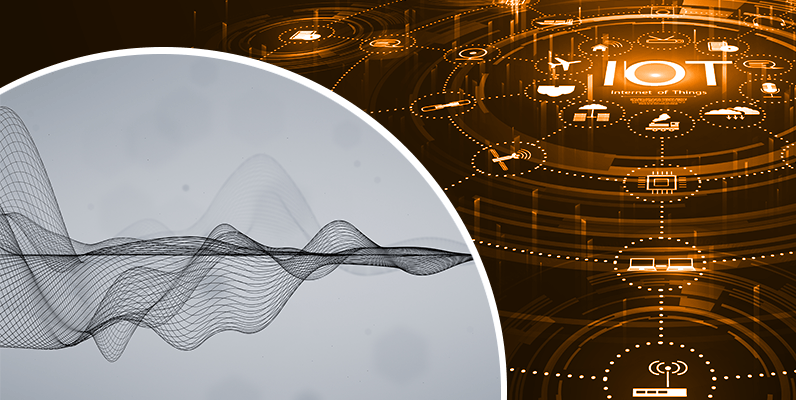Non-Orthogonal IoT for Future Wireless Networks and 5G

3 January 2021
Doubling the number of devices and/or extending the transmission distance of IoT systems by crafting new signal waveforms
Funder Cisco
Amount 109,035 GBP
Research topics Spectral efficiency | Energy efficient wireless systems | Internet of Things-IoT | 5G
Description
The spectral efficiency of existing IoT signals has already reached their upper bounds. This is the challenge of next generation IoT (NG-IoT) for 5G. To support the rapidly growing IoT services in wider signal coverage, massive device connections and increased data rate, new techniques have to be developed. There are three challenges in current IoT devices:
• To extend the signal transmission distance, more power has to be consumed.
• To aggregate massive devices, extra spectral or timing resources have to be occupied.
• To boost data rate, high-order modulation formats have to be used.
How to deal with the above challenges is still an open research topic of significant practical importance; it is also the purpose of this project. We aim to improve spectral efficiency further by either optimizing signal data rate or reducing occupied signal bandwidth by crafting new signal waveforms.
In 4G LTE communications, orthogonal concepts are employed and reused in NB-IoT. In 5G-NR standards, the definition of next-generation IoT is still under research and it will appear in Release 17 in 2021. The future 5G-NR IoT would mainly focus on spectral efficiency enhancement, signal coverage extension and capacity increase.
To achieve the aforementioned aims, focus must be directed towards new strategies such as non-orthogonal concepts instead of the traditional orthogonal ones. Therefore, this proposal applies the non-orthogonal concept , originally developed at UCL in 2002, to next-generation IoT signal waveforms and optimizes such signals through a set of techniques that consider standard compliant signal frames populated with non-standard signals.
Outputs
- Publications
M. Rodrigues and I. Darwazeh, “Fast OFDM: A proposal for doubling the data rate of OFDM schemes,” in International conference on Telecommunications, 2002, pp. 484–487.
X. Liu and I. Darwazeh. “Doubling the Rate of Spectrally Efficient FDM Systems Using Hilbert Pulse Pairs”. In: 2019 26th International Conference on Telecommunications (ICT). IEEE. 2019, pp. 192–196.
T. Xu and I. Darwazeh, “Half-Sinc waveform design for narrowband IoT,” in 2018 IEEE 29th Annual International Symposium on Personal, Indoor and Mobile Radio Communications (PIMRC), Sep. 2018, pp. 600–601.
T. Xu and I. Darwazeh, “Non-orthogonal narrowband Internet of Things: A design for saving bandwidth and doubling the number of connected devices,” IEEE Internet of Things Journal, vol. 5, no. 3, pp. 2120–2129, June 2018.
T. Xu and I. Darwazeh, “Uplink narrowband IoT data rate improvement: dense modulation formats or non-orthogonal signal waveforms?” in IEEE 29th Annual International Symposium on Personal, Indoor, and Mobile Radio Communications (PIMRC), Bologna, Italy, Sept. 2018.
T. Xu and I. Darwazeh, “Non-Orthogonal waveform scheduling for next generation narrowband IoT,” in 37th IEEE Global Communications Conference (IEEE GLOBECOM 2018), Abu Dhabi, United Arab Emirates, Dec. 2018.
T. Xu, C. Masouros, and I. Darwazeh, “Waveform and space precoding for next generation downlink narrowband IoT,” IEEE Internet of Things Journal, Jan. 2019.
T. Xu, C. Masouros, and I. Darwazeh, “Design and Prototyping of Hybrid Analogue Digital Multiuser MIMO Beamforming for Non-Orthogonal Signals,” IEEE Internet of Things Journal, 2019.
 Close
Close

